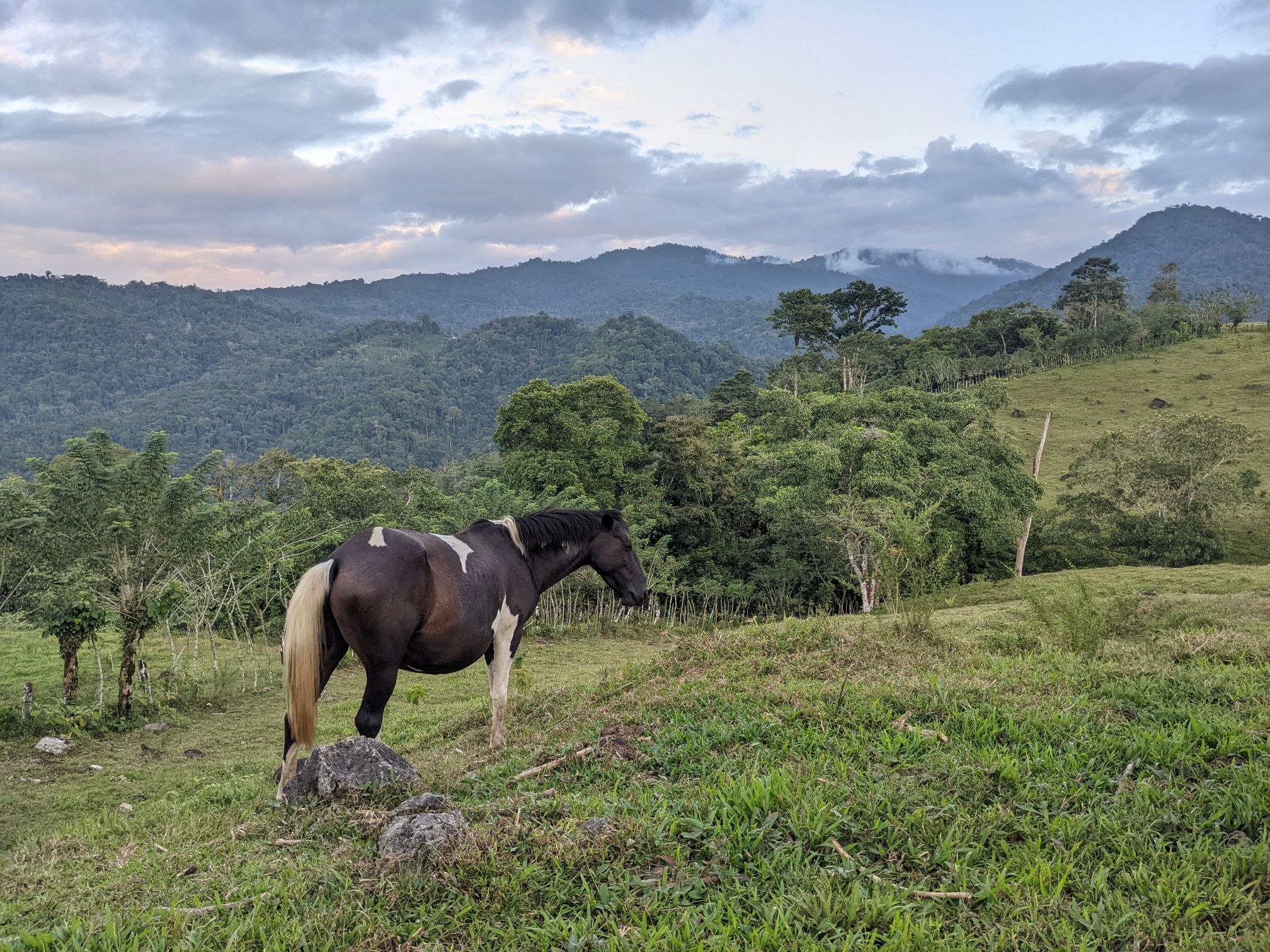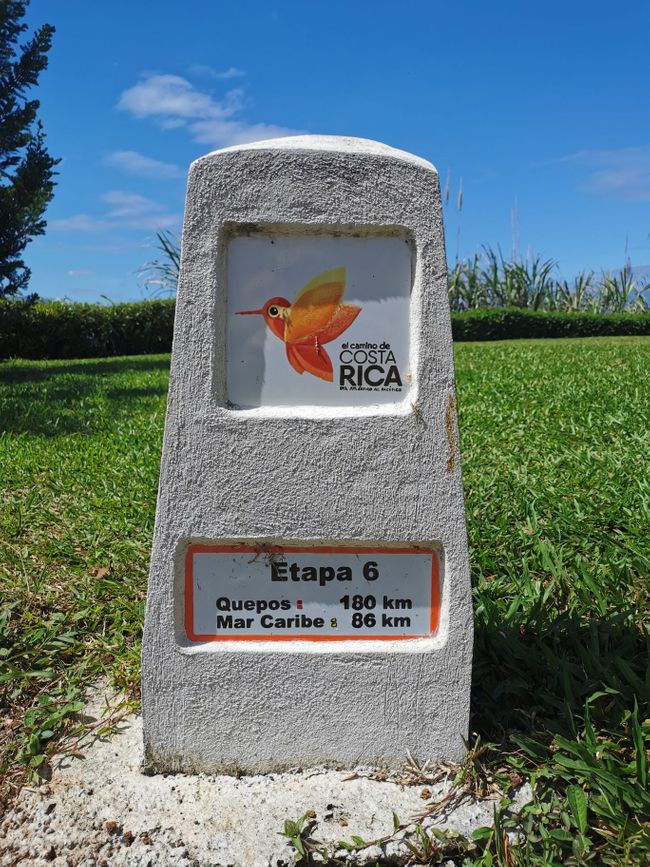From Havana to Holguín
نشرت: 11.04.2019
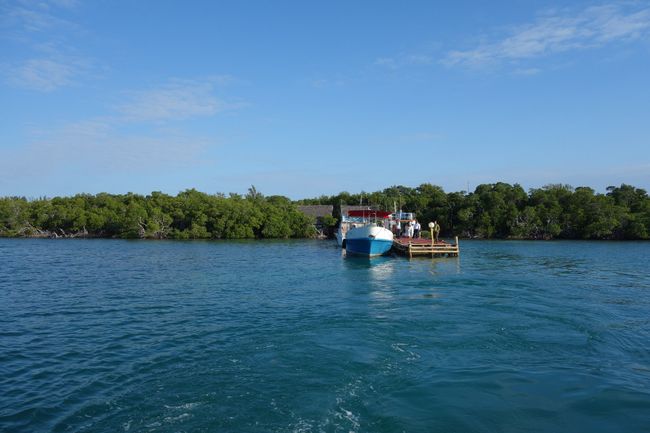
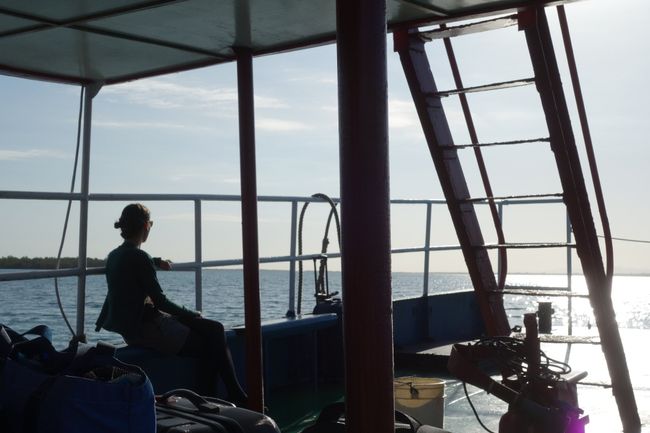
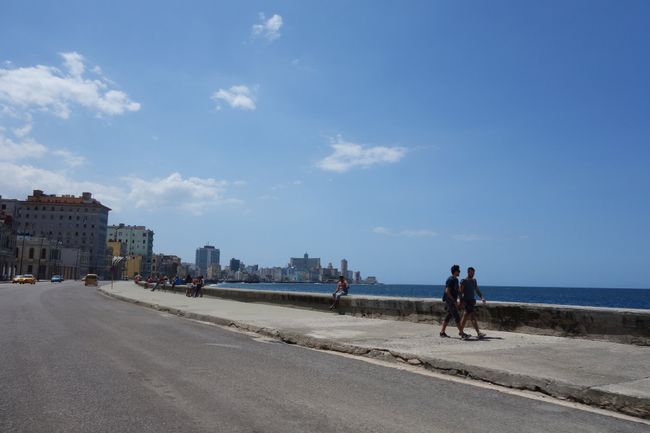
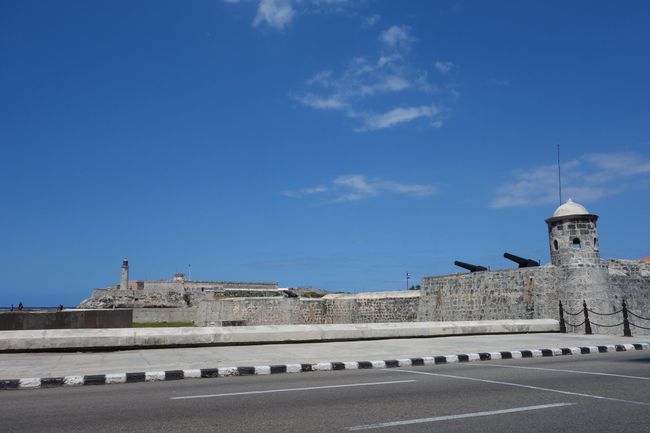
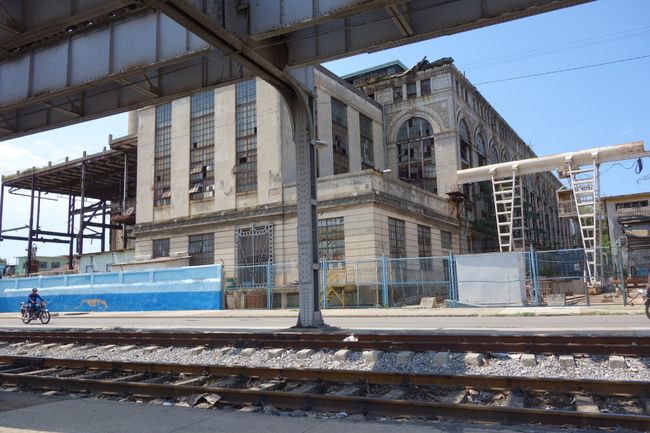
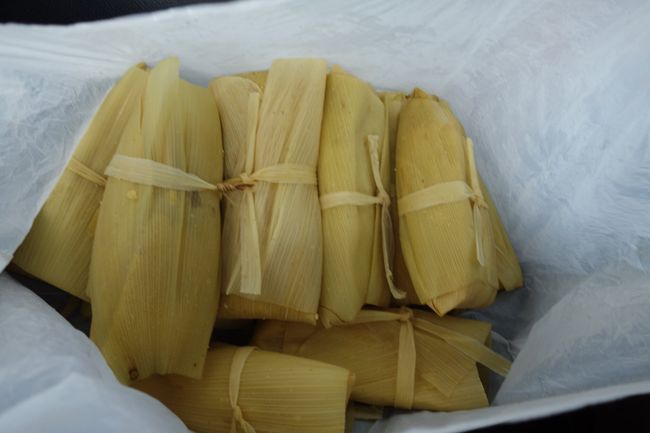
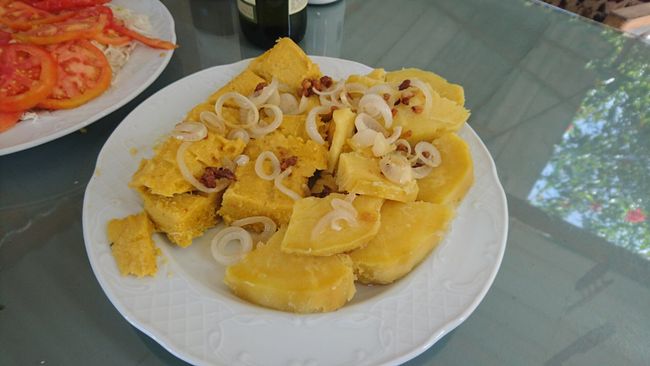
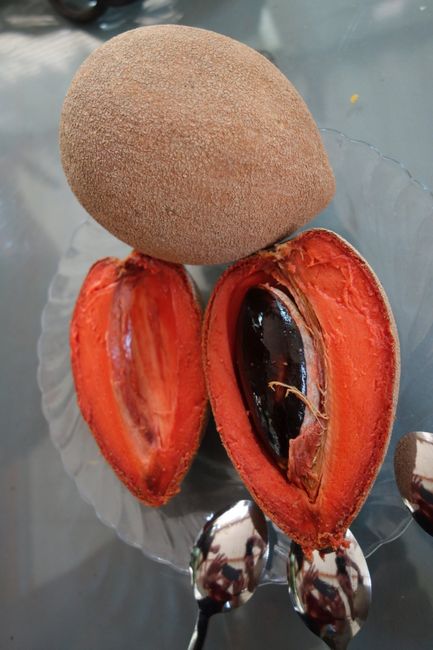
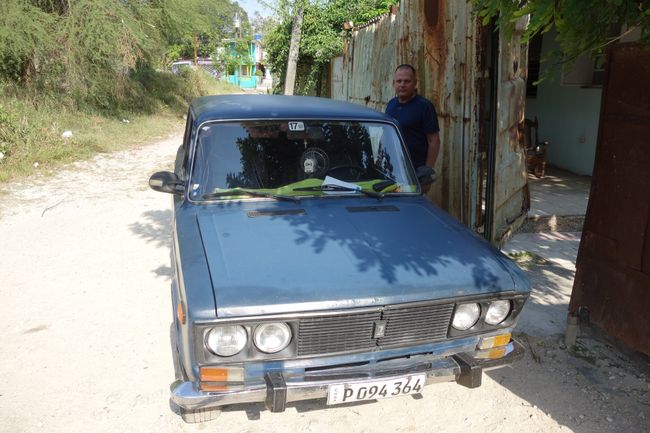
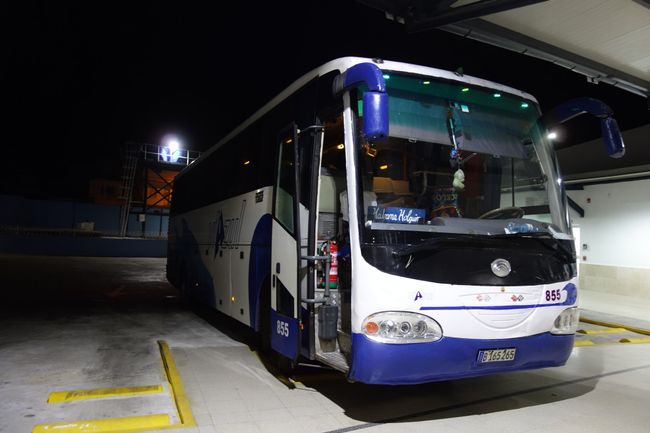
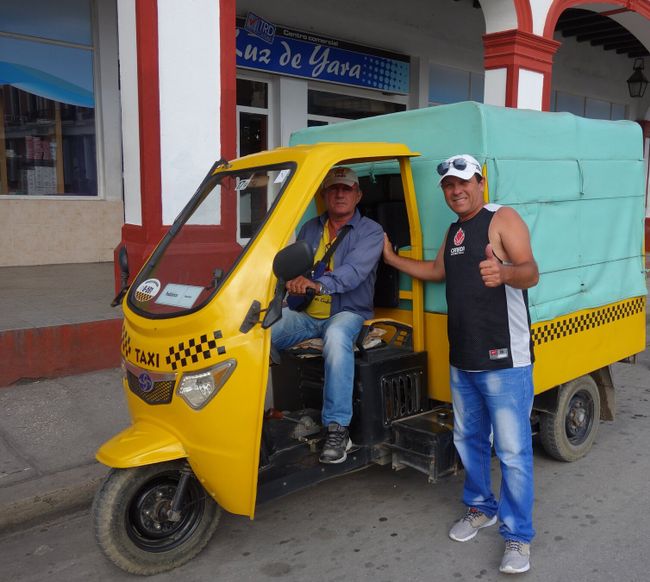
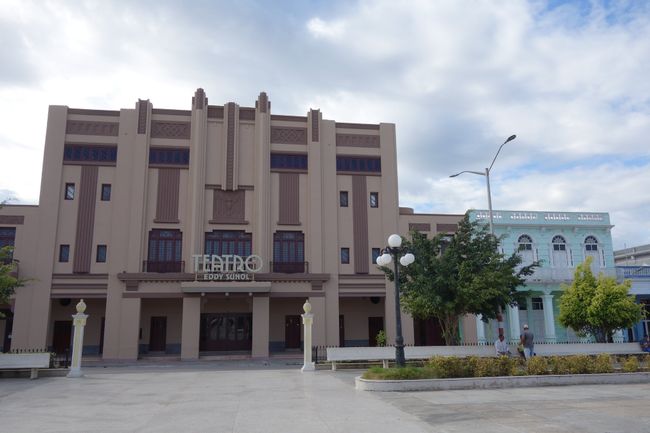
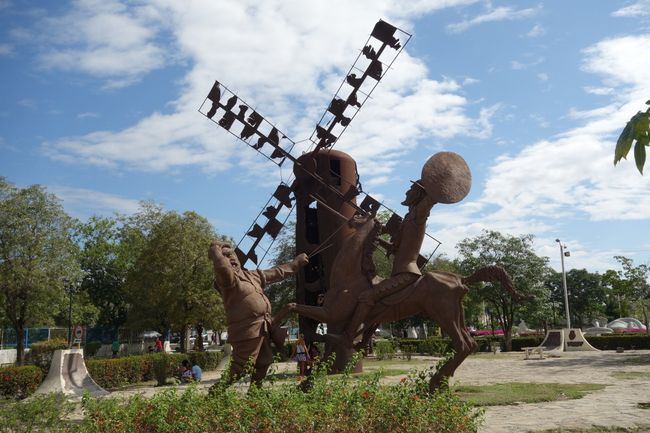
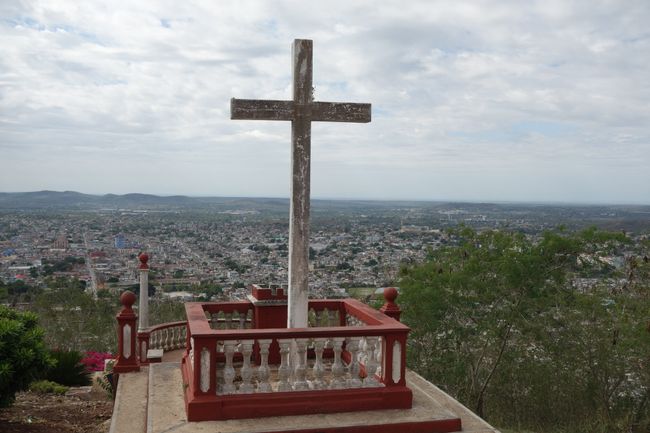
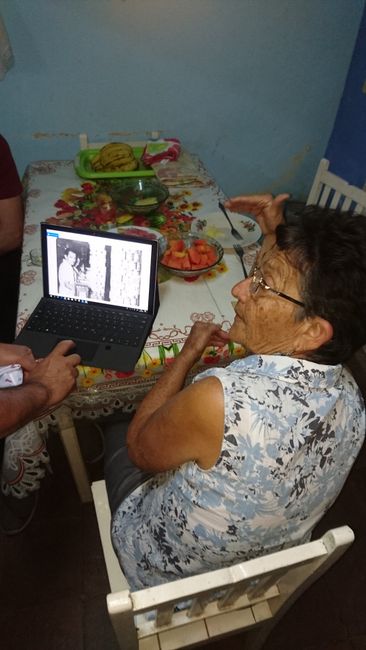
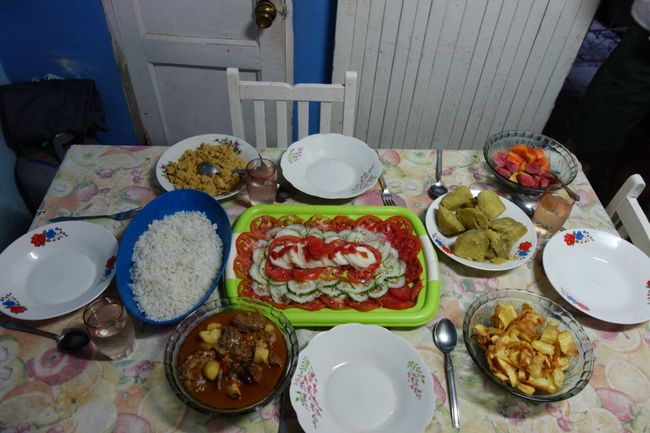
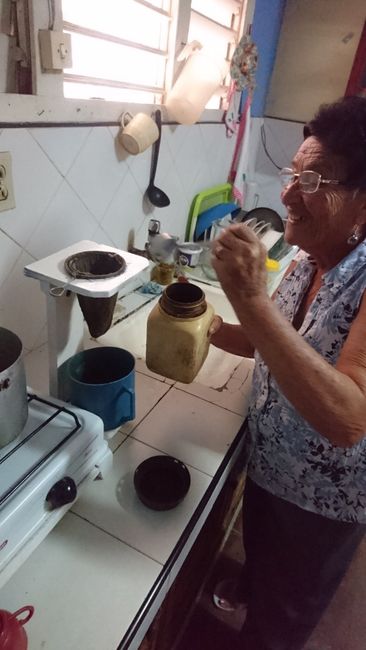
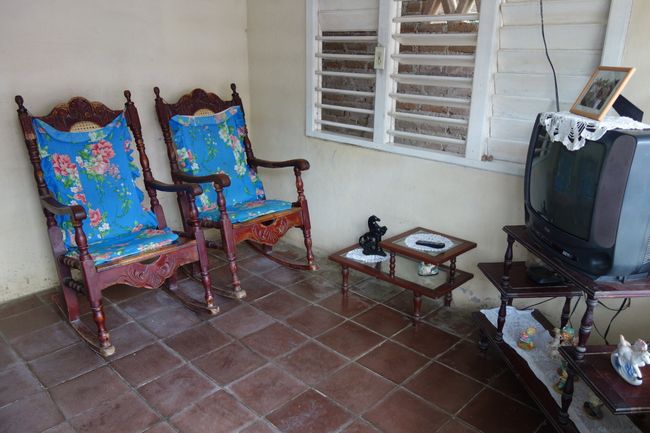
اشترك في النشرة الإخبارية
Today, after breakfast, we were supposed to leave Cayo Levisa by ferry and drive back to Havana by car. During the crossing, the sky was at its bluest, and we enjoyed the half-hour boat tour to the mainland. When all the passengers got off the ferry, a seemingly American woman with two children was picked up by a Cuban. It seemed like the four of them were on vacation in Cuba, and he allowed the three of them to drive alone to Cayo Levisa due to the ban on Cubans. Sometimes, it pays off to try something simple and have a dose of optimism, but we probably just got lucky that our passports were not checked beforehand.
We reached Havana by noon on the country roads and drove along the Malecon one last time before returning our rental car. Surprisingly, everything went smoothly here as well. Our fears of being ripped off did not come true, although of course my dad being Cuban could have been a help. Just make sure to get a full tank when renting a car. Therefore, we can highly recommend the car rental company "Via rent a car" in Cuba, which we had booked the rental car with about six months in advance through the German company "Islands and more" in Munich.
Until our booked long-distance bus departed at 8:45 pm, we spent our time with my dad's cousin, who once again treated us to a delicious meal. In addition, my dad's brother-in-law managed to find Tamales, which my dad really wanted to eat in Cuba. Tamales is a cornmeal dish prepared with various other ingredients and then cooked wrapped in corn husks. We also finally harvested the ripe Mamey fruit.
In the evening, we drove again with my uncle's Lada to the bus station. Here are a few words about the cars in Cuba. As generally known, cars, especially newer models, are scarce due to the US blockade. Of course, Havana with its many well-maintained vintage cars, which are necessarily cherished and cared for, adds to the charm of Cuba. This attracts many tourists but does not necessarily make driving easier. The old cars emit black soot in large quantities, so you either have to hold your breath constantly or keep your rental car on recirculation mode. Our carbon dioxide emissions limits in Germany seem a bit paradoxical in comparison. Many cars also have major safety defects, from worn-out brakes to the lack of seat belts. It is no wonder that even in my uncle's rickety Lada, there was a cross hanging on the rearview mirror, which he touched every two minutes. At first, I smiled about it, but the longer we were crammed together with our luggage in this old car in chaotic traffic, the more I found it sensible to send a few prayers up to heaven. In addition, the generally non-existent turn signals in Cuba result in a deafening honking concert on Havana's streets. In fact, in Cuba, every small opportunity is seized upon to make oneself heard with a (preferably more original) horn. Oh Havana, we will miss you!
The plan was to explore the eastern part of Cuba (also called Oriente) after Havana, where some family members also live and where the landscape is beautiful, and even my dad hasn't been to cities like Santiago de Cuba or Baracoa yet. Since the road trip with over 700 km by car is quite long, we decided to cover this distance by taking the long-distance bus from Viazul and then rent a car for the second time in Holguín. Actually, Viazul as a company does not have a bad reputation, and many tourists use these buses. However, since our last stay in Cuba 10 years ago, it seems that no renovations have taken place. The bus was well past its prime and also very dirty. Although we had assigned seats on our tickets, we thought, being German, that wouldn't be a problem. However, as announced, we wanted to take our seats in the bus half an hour before departure, but it was already almost full, and our seats were occupied because apparently there was an unwritten rule of free seat selection. Chris and I just managed to get two seats next to each other at the very back of the bus, in front of the toilet, with broken backrests, and my dad got a single seat at the very front of the aisle. Shortly after sitting down, a cockroach ran across the window next to me. And I thought to myself, "This is not starting well; I probably won't be able to sleep tonight." And yes, it turned out to be 11 long hours on the bus.
We arrived in Holguín at 7:45 am, quite exhausted, and were picked up by a family member with a tuk-tuk-like vehicle along with our suitcases. We drove to my aunt's house (another sister of my grandfather), where another part of the family also lives. As always, we were warmly welcomed with long hugs, and Chris was immediately included in the circle of family and received the obligatory welcome coffee, Old School style, with a makeshift filter and coffee from an ancient storage container from my dad's chemistry lab.
We unloaded our luggage and drove into the city to pick up our rental car. However, the office of the company was supposed to be in a building that was under renovation, and a construction worker told us that there hasn't been an office in the former cinema for two years. So, we had received completely up-to-date information. After a few phone calls, we finally got the correct address. On-site, everything went smoothly again, even though we got a car that had been in an accident. The damage was documented correctly and did not impose any restrictions. It was funny that we were asked if we were siblings because we all have the same last name, which in Cuba only happens with siblings. However, we explained the usual procedure in Germany, where children have the names of their parents, and when getting married, the couple decides on a last name. In Cuba, everyone has two last names: the first one is the father's first name, and the second one is the mother's first name, so you always know who the children come from, and when getting married, everyone keeps their own name.
Afterwards, we explored the city a little bit. Holguín seemed much tidier and cleaner than Havana. There were beautiful restored houses, many green squares, and even the Don Quixote counterpart seemed to be more impressive. We drove up the city hill to the beautiful viewpoint Loma de la Cruz with a white cross as a landmark. They say that if you haven't been here, you haven't seen Holguín. From here, we had a magnificent view of the city.
Back with the gathered family of ten, a big lunch was served: Carne con Papa (meat in sauce with potatoes), sweet potatoes, rice, Fufú de Platano (mashed plantains), and fresh fruits. Afterwards, we exchanged news extensively and looked at albums with old photos. Chris and I were also patiently encouraged to speak a lot of Spanish, and everyone was happy with every sentence we managed to get right. The three of us enjoyed the time spent there very much and sat on the porch in rocking chairs, chatting, until late at night.
اشترك في النشرة الإخبارية
إجابة (2)
Juliane
Also da habt ihr bisher wirklich viel erlebt und euer Tagebuch füllt sich fleißig. Euer Spanisch ist bestimmt schon viel besser. Genießt das Wetter, auch wenn es mal Wolken gibt. Hier gab es heute Schnee! :) Liebe Grüße von uns drei. Karin
Tamales für Vati! Da hat er sich gefreut! Und Mamey, que rico! Holguin sieht wirklich gepflegt aus. Die Wiedersehensfreude mit der Familie in Holguin kann ich mir bildhaft vorstellen. Da habt ihr die kubanische Herzlichkeit wiederum kennengelernt.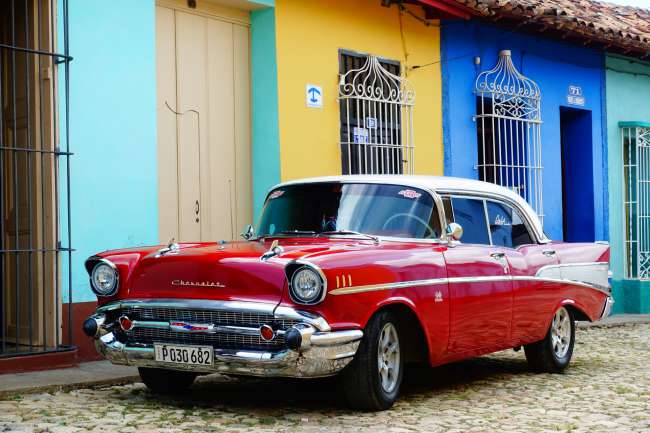
تقارير السفر كوبا
